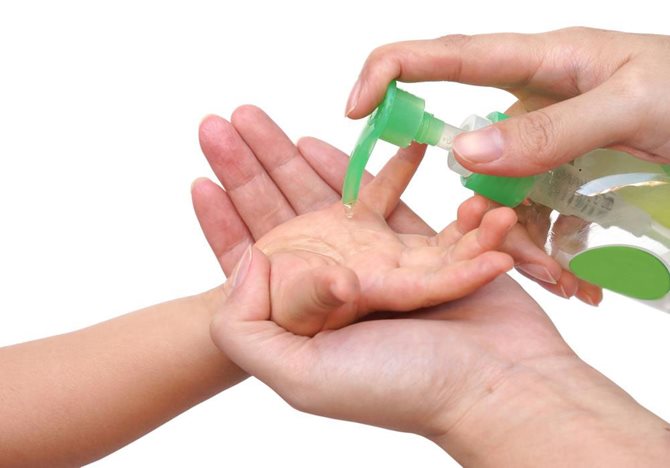Understanding Consumer Behaviour in the Usage of Hand Sanitisers

- Project start date: 1 December 2014
- Project status: Completed
- Project type: Food safety
- Discipline: Microbiology and food hygiene
- Author/s: Dr Moira Dean, Queen’s University Belfast
- Collaborator/s: Single supplier
Research objective
The objective of this project was to investigate the efficacy and consumer use of hand sanitizer gels on the island of Ireland, particularly in comparison to traditional hand washing with soap and water. The study aimed to assess the frequency and circumstances of hand sanitizer use, evaluate their effectiveness in removing foodborne pathogens such as norovirus, and understand consumer perceptions of their efficacy. Additionally, the project sought to identify barriers to the use of soap and water for hand washing and examine the alcohol and antiseptic contents of hand sanitizers, as well as the presence or absence of anti-microbial product labelling.
Outputs
Research report
- Title: Hand sanitisers - their use and efficacy
- Publication date: 4 June 2017
- Summary: This project explored the effectiveness and consumer use of hand sanitizer gels compared to traditional hand washing with soap and water on the island of Ireland. The study included a literature review and an online survey to provide comprehensive insights into hand hygiene practices.
- Findings:
1. Efficacy of hand sanitizers:
- The literature review highlighted limitations in the information available, such as the absence of standardized protocols for evaluating hand sanitizers' efficacy.
- Studies showed that while alcohol-based hand sanitizers quickly inactivated various bacteria in laboratory conditions, their effectiveness against viruses and on visibly dirty hands was limited.
- Water and soap were more effective in removing food debris and bacterial load from hands than sanitizers. They also performed better in cleaning under fingernails when used with a nailbrush.2. Hand washing practices:
- Warm water did not reduce bacterial levels more effectively than cold water; it only made hand washing more comfortable. The effectiveness of hand washing relied on the combined action of soap, friction, and rinsing.
- A two-step process of hand washing followed by sanitizer use was found to be more effective at reducing contamination than hand washing alone.3. Consumer survey:
- The online survey of 192 participants revealed that conventional hand washing with water and soap was perceived as the most effective hand hygiene practice.
- Instant hand sanitizers were known but not widely used, with consumers considering them a quick alternative when soap and water were unavailable.
- Poor hand washing skills were reported, with less than 15% of participants washing their hands for the recommended 20 seconds. A significant number used water alone without soap.4. Barriers to effective hand washing:
- The main barriers identified were the lack of soap and adequate washing facilities. Consumers faced challenges in accessing these essentials, which hindered proper hand hygiene practices. - Recommendations:
1. Effective hand washing:
- Conventional hand washing with water and soap should be promoted as the most effective method for removing harmful bacteria and debris from hands. Using a hand sanitizer after washing can provide additional protection, especially when a family member is ill.2. Cold water use:
- Warm water is not essential for effective hand washing. When warm water is unavailable, thorough washing with soap and cold water remains best practice.3. Consumer awareness:
- There is a need to raise awareness about proper hand washing techniques, as poor practices were prevalent. Educational initiatives should emphasize washing hands for at least 20 seconds with soap and water to minimize infection risks.4. Improving facilities:
- Ensuring the availability of soap and adequate washbasins in public areas is crucial. Efforts should be made to address these barriers to improve overall hand hygiene and reduce the spread of infections.You can download the report below.




